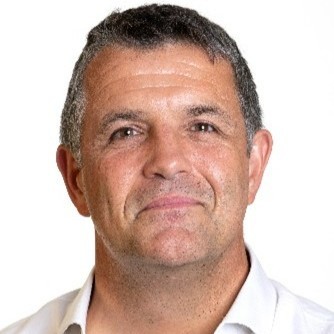- Video Library
- Mark Evans Presents Adaptix at LSI USA ‘23
Mark Evans Presents Adaptix at LSI USA ‘23

Mark Evans
Mark is a Chartered Accountant, a Chartered Director, qualified as a Corporate Treasurer and holds an MBA from Saïd Business School, Oxford University. Mark’s experience includes regional CFO roles within listed companies (CTI Molecular Imaging, Siemens Healthcare) for business up to EUR 800m, CFO roles within venture-backed business, and General Management roles within medical imaging software development and radiopharmaceutical manufacture.
Mark has over 17 years of experience in medical imaging including with www.mirada-medical.com, an oncology imaging company, and as a Non-Executive Director for www.cydarmedical.com, a surgical imaging spin-out from King’s College London. Mark is an inventor on 9 patents.
Mark Evans
Mark is a Chartered Accountant, a Chartered Director, qualified as a Corporate Treasurer and holds an MBA from Saïd Business School, Oxford University. Mark’s experience includes regional CFO roles within listed companies (CTI Molecular Imaging, Siemens Healthcare) for business up to EUR 800m, CFO roles within venture-backed business, and General Management roles within medical imaging software development and radiopharmaceutical manufacture.
Mark has over 17 years of experience in medical imaging including with www.mirada-medical.com, an oncology imaging company, and as a Non-Executive Director for www.cydarmedical.com, a surgical imaging spin-out from King’s College London. Mark is an inventor on 9 patents.

17011 Beach Blvd, Suite 500 Huntington Beach, CA 92647
714-847-3540© 2025 Life Science Intelligence, Inc., All Rights Reserved. | Privacy Policy







